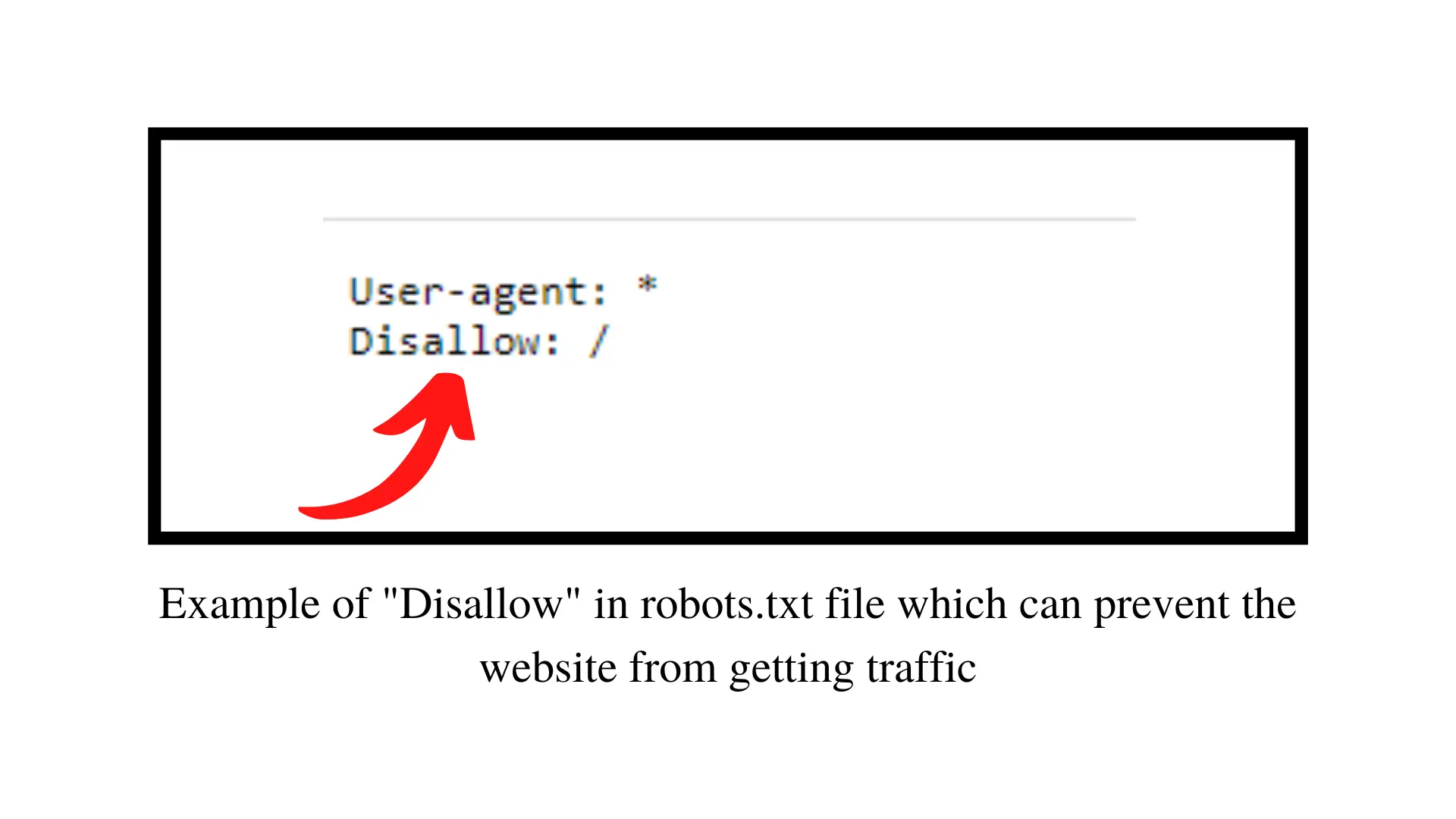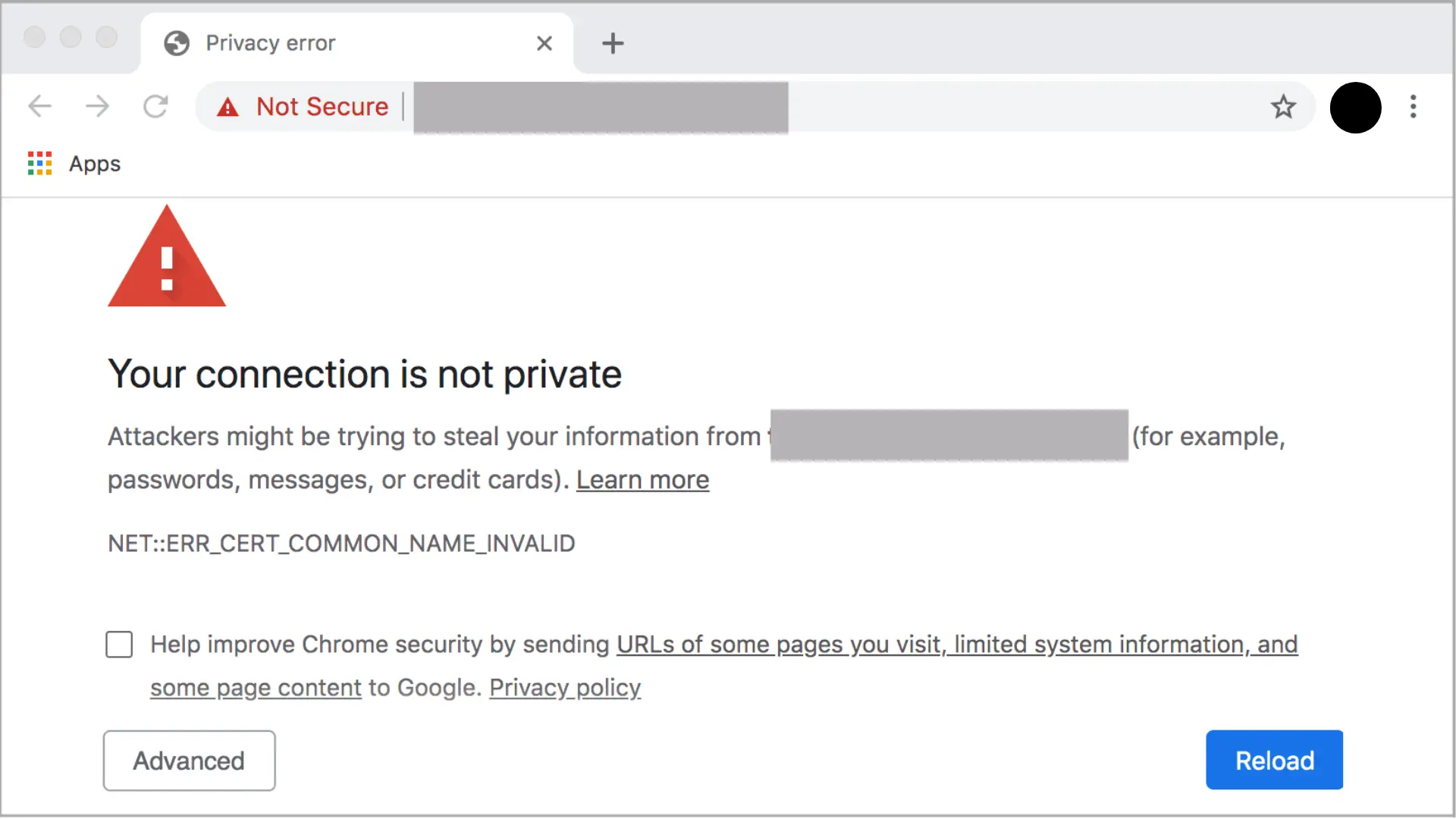When you head to Google Analytics to check traffic on your website are you disappointed with the number you see?
Well, you aren’t alone.
A lot of websites don’t get the website traffic rankings that they aspire to see.
But you don’t have to continue dealing with disappointing website analytics.
Explore the top reasons for low website traffic right here. Plus, learn how to increase traffic to your website with easy, actionable steps.
A website takes 2 to 8 weeks to get built. And even a basic website will cost you anywhere between $100 to $3000.
Now when you invest so much time, money, and effort in getting a website developed, it is obvious that you are expecting returns.
But the returns are unlikely to be visible unless your website gets good traffic.
That’s where a lot of business owners get stuck with their websites. They don’t know how or why their website doesn’t get any footfall from visitors. But you don’t have to worry. In this guide, we will explore the most common reasons for low website traffic and ways to fix those.
Let’s get started.
How much traffic to a website is considered ‘good traffic’?
Before we begin looking at the reasons why your traffic is low and how to increase website traffic, it is important to understand how much traffic is good traffic.
Now, there are 1.9 billion websites on the Internet. And there is no magic number that can be called ideal for all these websites.
What’s good traffic for a website in one niche could be below average for another industry or niche. So you need to check the website traffic that your competitors are receiving on a daily and monthly basis. Based on those figures, you can ascertain what is a “good traffic” figure for your website.
Some other factors that should be considered while ascertaining the ideal traffic volume for your website are:
- The size of your business
- The number of pages on the website
- Frequency of content updated on the website
- The search volume of your targetted keywords
Based on these factors, you can set a monthly website traffic goal for your website. If you feel that your business website is not getting the required traffic, you can read about the common reasons for low website traffic below, how to fix those issues, and how to increase traffic to your website.
How to check a website’s traffic?
Unlike a physical shop, you cannot sit at the entrance of your website and count the number of visitors you get. But thankfully, there are several free and accurate tools that you can use to measure the traffic of your website.
Google Analytics is one of the best options on the list. All you have to do is set up the Google Analytics code on your website to start tracking the number of visitors on your website. Other than the number of visitors, Google Analytics can also help you learn more about your visitors by telling you their geographical location and source.
How to check a website’s traffic?
Unlike a physical shop, you cannot sit at the entrance of your website and count the number of visitors you get. But thankfully, there are several free and accurate tools that you can use to measure the traffic of your website.
Google Analytics is one of the best options on the list. All you have to do is set up the Google Analytics code on your website to start tracking the number of visitors on your website. Other than the number of visitors, Google Analytics can also help you learn more about your visitors by telling you their geographical location and source.
Top reasons for low website traffic
Here are the most common reasons for low visitor traffic on your business website, divided into 2 categories – technical and non-technical issues.
Technical issues
1. Robots.txt rules
Robots.txt is a plain text file that is placed in the root directory of your website and it helps tell Google what pages to crawl on your site and how.
A “nofollow/noindex” directive or “disallow” in the robots.txt file on your site can tell Google not to crawl the website. This will prevent it from being shown on the search engine result pages. And when your pages don’t show up in SERPs, you will not get any visitor traffic.

It is important that you remove the nofollow/noindex tag from the robots.txt file for the pages that you want to get traffic on.
You can check your website’s robots.txt file by visiting www.yourdomain.com/robots.txt
2. Tracking errors
Most tools used to track website traffic (like Google Analytics), require a tracking code to be placed on the website to show you your website’s traffic.
Now if the tracking code is incorrectly added to your website, your tool might not show you the right traffic figures for your website.
To avoid getting incorrect traffic details for your website, make sure the tracking codes are placed properly and are functional.
3. Lack of mobile optimization
92.1 billion people access the Internet via mobile devices. Now if your website is not mobile-friendly, it will not display well on Smartphones.
And most people who see a distorted mobile site will bounce away and visit your competitors. Not carrying out mobile optimization also causes your website to lose keyword rankings and thus, your traffic goes down.
Thus, you need to make sure you carry out proper mobile optimization for your website so that it displays well on all mobile device types and screen sizes.
4. No search engine optimization
Search engines (like Google) have a lot of smart algorithms that fetch and crawl almost everything that is there on the Internet. But that does not mean you don’t need to make efforts to carry out SEO optimization on your website. There are a lot of things that you can (and should!) do to ensure that your site is visible to search engines and is crawled by them.
Keyword optimization is the most important of those factors. As a part of keyword optimization, you should first find relevant, high-volume keywords for your website. Then you should optimize your website’s content for these keywords.
Other things that you should do for SEO optimization include:
- Add proper meta titles and descriptions
- Use alt tags for images
- Leverage structured data and schema markups
- Properly add H1, H2, and H3 tags
- Have SEO-friendly URL structure and navigation
Without proper SEO optimization, your site is unlikely to get crawled as fast as you’d like, and thus, it won’t show up in searches or get traffic.
5. Security issues
Not having an SSL certificate is one of the key reasons why websites get low traffic. When your website is not secure, Google lets users know that it is “not secure” which deters people from visiting your site.

Also, search engine rankings take a hit due to security issues on your website.
Non-technical issues
1. Old or low-quality content
Good and updated content is the primary way to pull visitors to your website. Unless your website offers some information that people are interested in knowing, they won’t come to your site.
If your website has thin content, AI-generated content, plagiarised content, non-valuable information, or outdated information, people and search engines won’t see value in that.
And when search engines don’t rank your site higher, visitors won’t come to your site.
You should always keep updating your website content to offer engaging, valuable, and the latest information to your visitors. It is also seen that websites that frequently updated content onto their sites, got more traffic than those who don’t.
Plus, creating good, sharable content can also result in social media engagement, which can further drive traffic to your website.
2. Bad user experience
User experience is an important ranking factor used by search engines. When more and more people bounce away from your site, Google and other search engines get the hint that your website isn’t user-friendly. That’s when Google starts reducing your site’s ranking on SERPs. And low visibility on SERP directly contributes to low website traffic.
Too many popups, large walls of text, lack of multimedia content, and poor design are some of the top reasons for bad user experience.
Website performance issues like slow load speed and bad navigation can also affect user experience.
Moreover, people also leave negative reviews and do negative mouth publicity on websites where they get a less-than-ideal user experience. This stops others from visiting your website, thereby driving down your website traffic.
3. Inadequate backlinks and referrals
Other than getting traffic from direct search engine result pages, your website should also get some referral traffic. This type of traffic comes from backlinks and directory listings. That’s when other people place links to your website on their site and urge their visitors to visit your site too.
In the absence of a strong backlink profile and referrals, your site will not get this type of traffic, which can contribute to overall lower traffic.
Ideally, people would organically link to your website, seeing the value of your content. But it often doesn’t happen so easily in the real world. Even if it does, the number of links you’d get would be far fewer than what you’d need to out-rank your competitors.
To counter that, you need to carry out link building.
What is link building?
Is the process of building backlinks to your website. There are many ways and strategies to do that and many different types and categories of links that can be built.
So make sure you have a team of SEO experts who can do white hat link building for you and list your website on relevant business listings.
4. Low volume keywords
Sometimes it can also happen that the keywords you are targeting with your website have low volume. This ultimately means that fewer people search for the keywords and thus, fewer people see your site and your traffic remains low.
Now, you shouldn’t target irrelevant keywords just because they have higher traffic volume. However, you should try to target relevant high-volume keywords.
Short-tail keywords are likely to have higher search volumes and should be used to ensure your website gets more traffic.
5. Little or no content promotion
Just posting a lot of content on your website isn’t enough to get traffic. You also need to promote that content to get traffic from it. This is done with proper content marketing. You can promote your website content using the following content marketing strategies:
- Email marketing
- Social media engagement
- Social bookmarking
- Image/multimedia sharing on relevant sites
With these and other methods of content marketing, you can drive more people to your website.
Boosting the traffic for your business website
Now that you have learned the various reasons for low website traffic and the many ways to fix the issues and increase website traffic, it is time to start boosting the traffic of your business website.
However, you shouldn’t try to attempt the fixes mentioned on your own. This is because you need web development as well as search engine optimization expertise to successfully implement the tips to boost the traffic to a website. And you can get the required expertise at SynergyTop.
We have a team of web designers and developers who work closely with the digital marketing team and thus, can help you check a website’s traffic (yours or your competitors), understand the reasons for low website traffic, and boost your website’s traffic in no time.
Also, digital marketing experts can help you not just get good traffic to your site but also convert those visitors into customers with conversion rate optimization strategies.
Get started by scheduling a consultation with our team of experts today.















